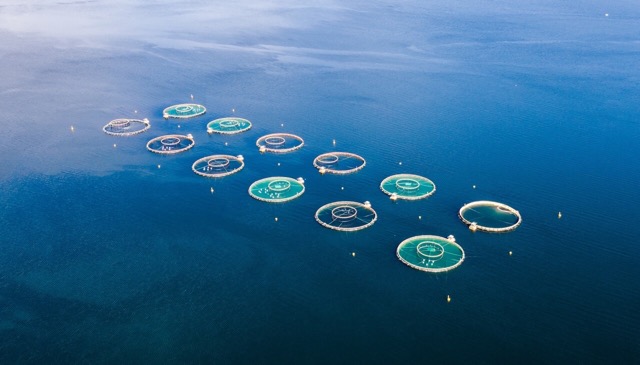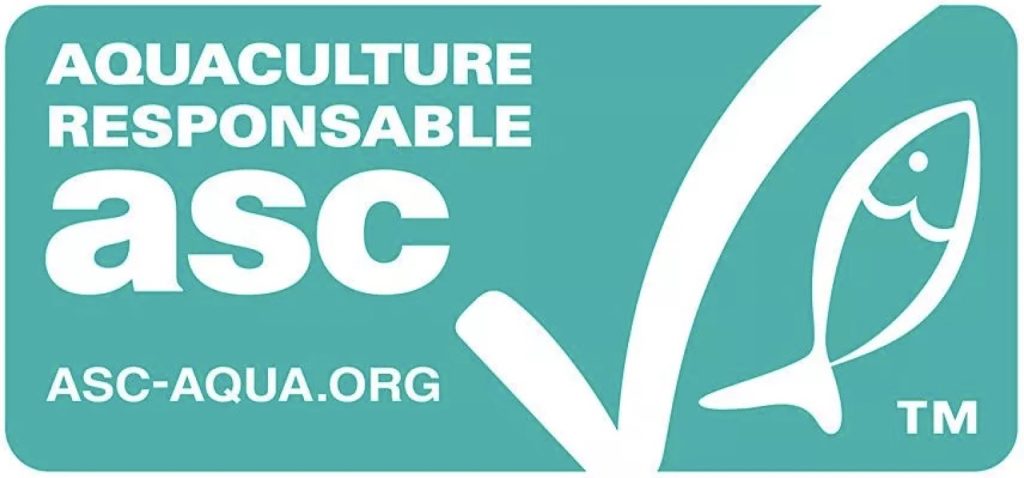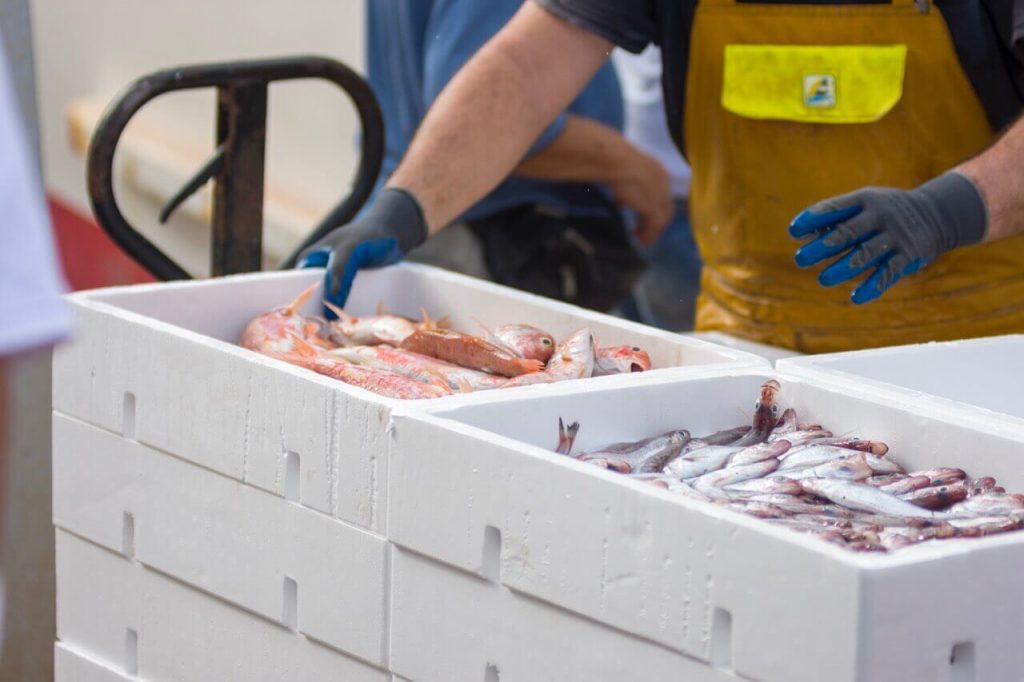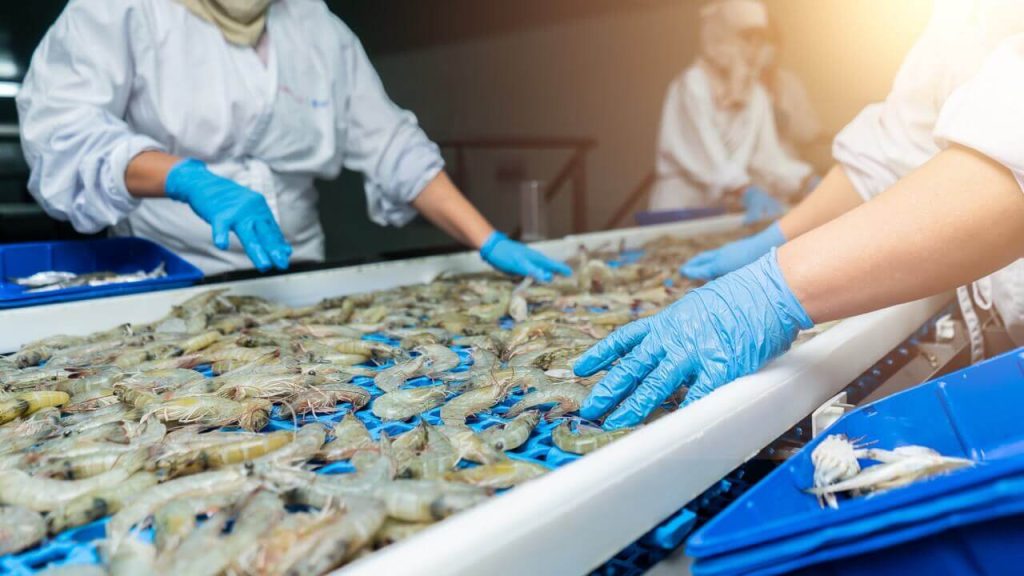In a world where the health of our oceans and the sustainability of fisheries are at risk, Fishery Improvement Projects (FIPs) are crucial for the future of the fishing industry in the United States. These projects represent a collective commitment to more responsible, equitable, and sustainable practices. Redefining the relationship between fishing and marine ecosystems.
What is a Fishery Improvement Project (FIP)?
A Fishery Improvement Project (FIP) is an initiative designed to address and enhance the management and fishing practices in a specific fishery. FIPs involve collaborations among various stakeholders, including fishermen, fishing companies, non-governmental organizations, governments, and other entities, with the goal of achieving significant improvements in fishery sustainability.
FIPs typically involve a series of steps, which may vary depending on the fishery and specific conditions, but often include:
- Fishery Assessment: An initial assessment of the fishery is conducted to understand its current state and issues related to sustainability, such as overfishing, unwanted bycatch, or habitat degradation.
- Development of Improvement Plan: Based on the assessment results, a detailed plan is developed that identifies specific areas requiring improvement. This may include changes in fishing practices, implementation of more effective management measures, reduction of unwanted bycatch, among others.
- Stakeholder Commitment: Key stakeholders, including fishermen, fishing companies, government authorities, and non-governmental organizations, commit to implementing and supporting the improvement plan.
- Implementation of Actions: Concrete actions are taken to implement the identified improvements in the plan. This may include changes in fishing gear, introduction of more selective technologies, implementation of catch limits, and other management measures.
- Monitoring and Evaluation: The results of implemented actions are continuously monitored to assess their effectiveness, with adjustments made as necessary.
Keys to a More Sustainable Future
Achieving sustainability in the fishing world is essential for ensuring the health of oceans, marine biodiversity, and food security for communities dependent on fishing in the United States. To accomplish this, it is imperative to:
- Strengthen enforcement of laws and regulations to combat illegal, unreported, and unregulated fishing, which significantly contributes to overexploitation of fish resources.
- Promote sustainable fishing practices, such as using selective fishing gear to minimize bycatch and reduce impact on the seabed.
- Establish effective monitoring and evaluation systems to track fish populations, the effectiveness of management measures, and the environmental impact of fishing activities.
- Support research and development of innovative technologies that enhance the selectivity of fishing gear, reduce waste, and minimize environmental impact.
- Promote and recognize the certification of sustainable fisheries, such as those certified by the Marine Stewardship Council (MSC) standards or other recognized programs.
Examples of FIPs in the United States
In the realm of major food retailers, examples include Giant Food, a leading supermarket chain which has established a robust sustainable seafood purchasing policy. This policy ensures that the seafood products offered by Giant Food align with the objectives of Fishery Improvement Projects. This supermarket chain contributes to the preservation of marine ecosystems and the long-term viability of fisheries.
Also, seafood processors and sellers, in collaboration with fishery NGOs and experts, have initiated a Fishery Improvement Project (FIP) aimed at reducing North Atlantic Right Whale entanglements in the US lobster fishery. The plan utilizes data from the New England Aquarium’s WhaleMap web application, pinpointing right whale locations during migration. By providing information to lobster fishery participants, the FIP helps avoid setting traps in areas frequented by whales, addressing entanglement concerns.
Regarding fisheries, KrustaGroup holds certifications with the highest standards for food safety and focuses its activities on raw materials sourced or raised in environmentally sustainable settings.
These are just a few examples, as the implementation of FIPs continues to grow and evolve worldwide, necessitating increased environmental awareness and responsibility to preserve oceans. However, their success relies significantly on the collaboration and commitment of all involved parties.





